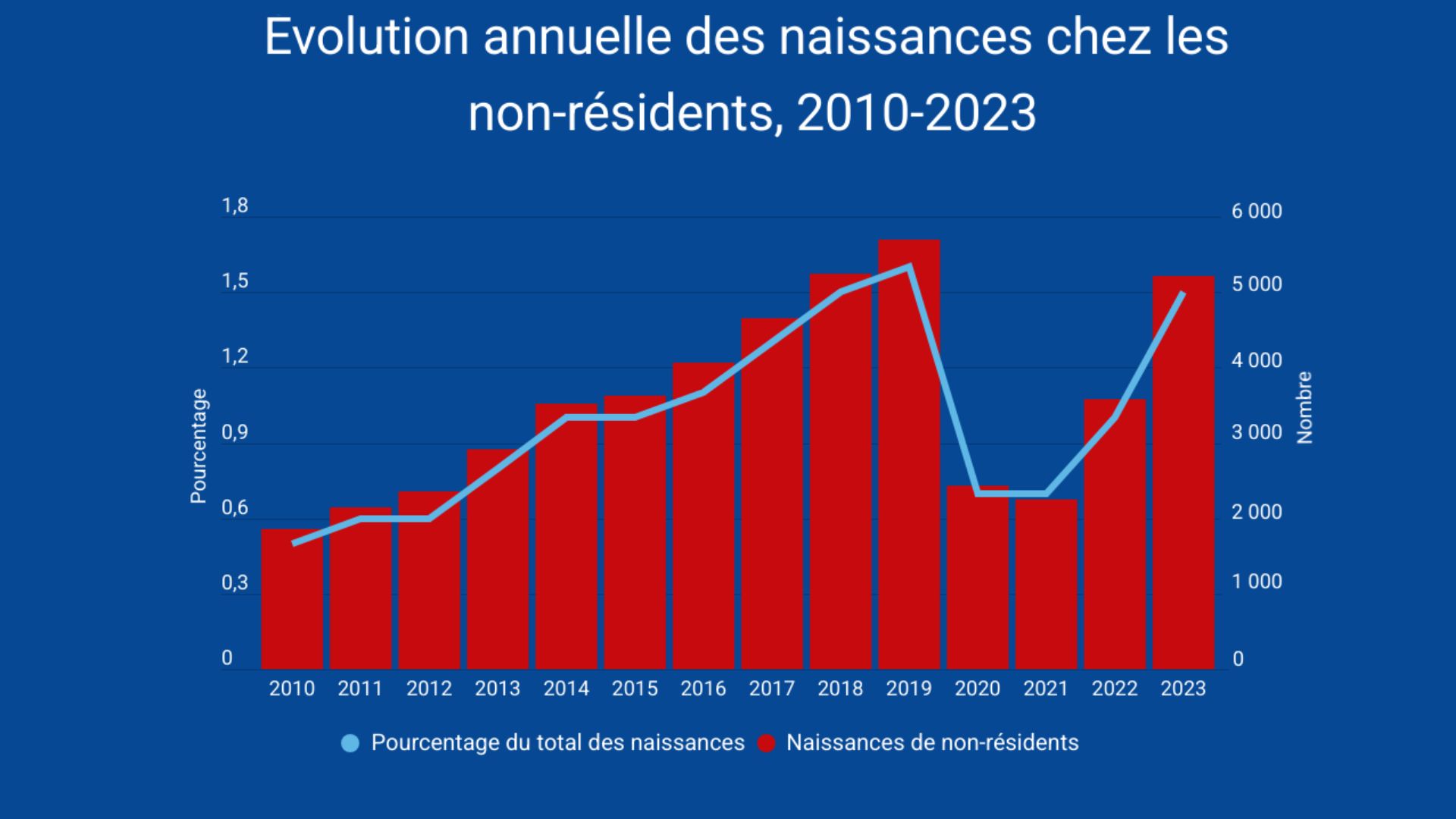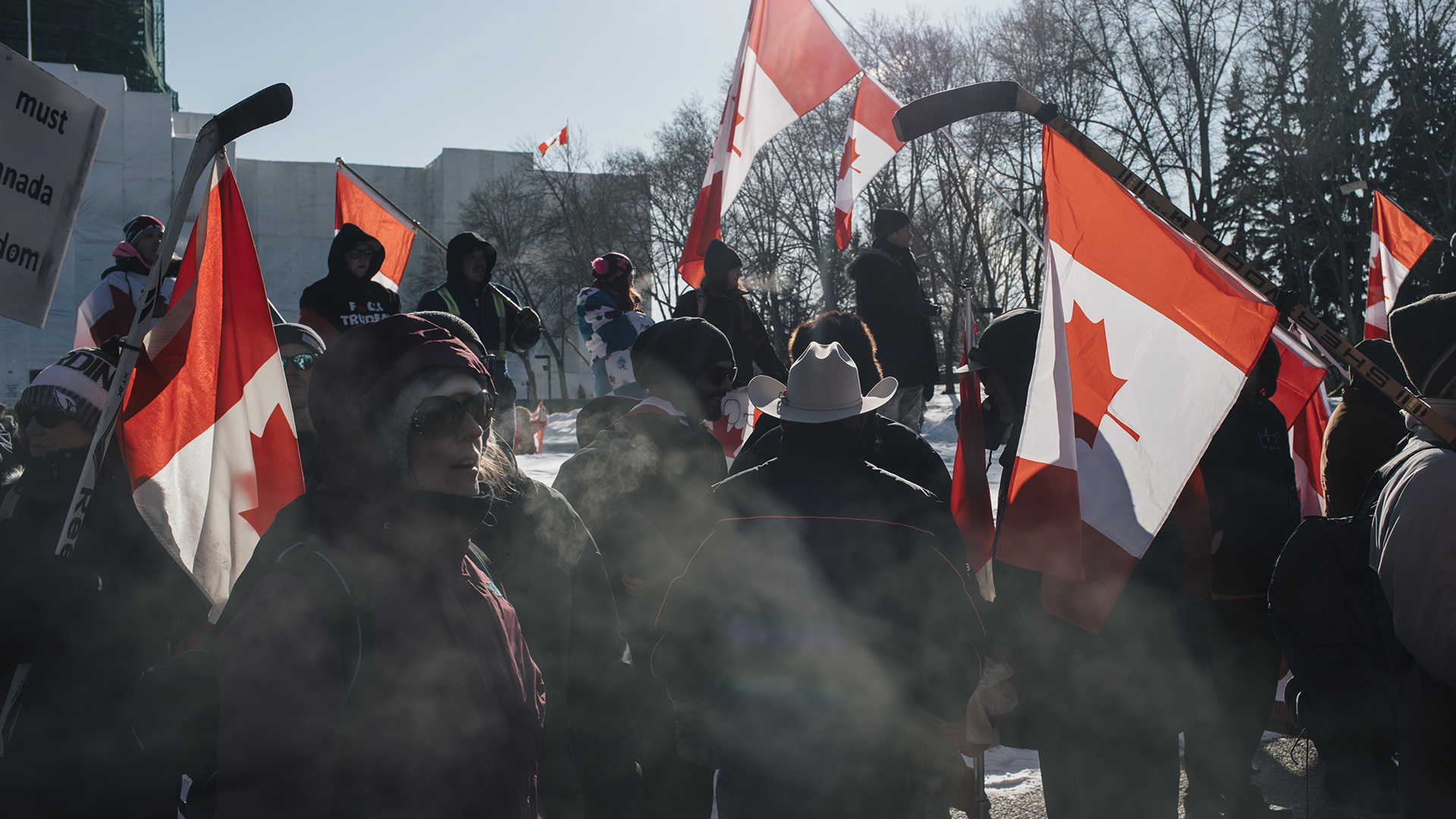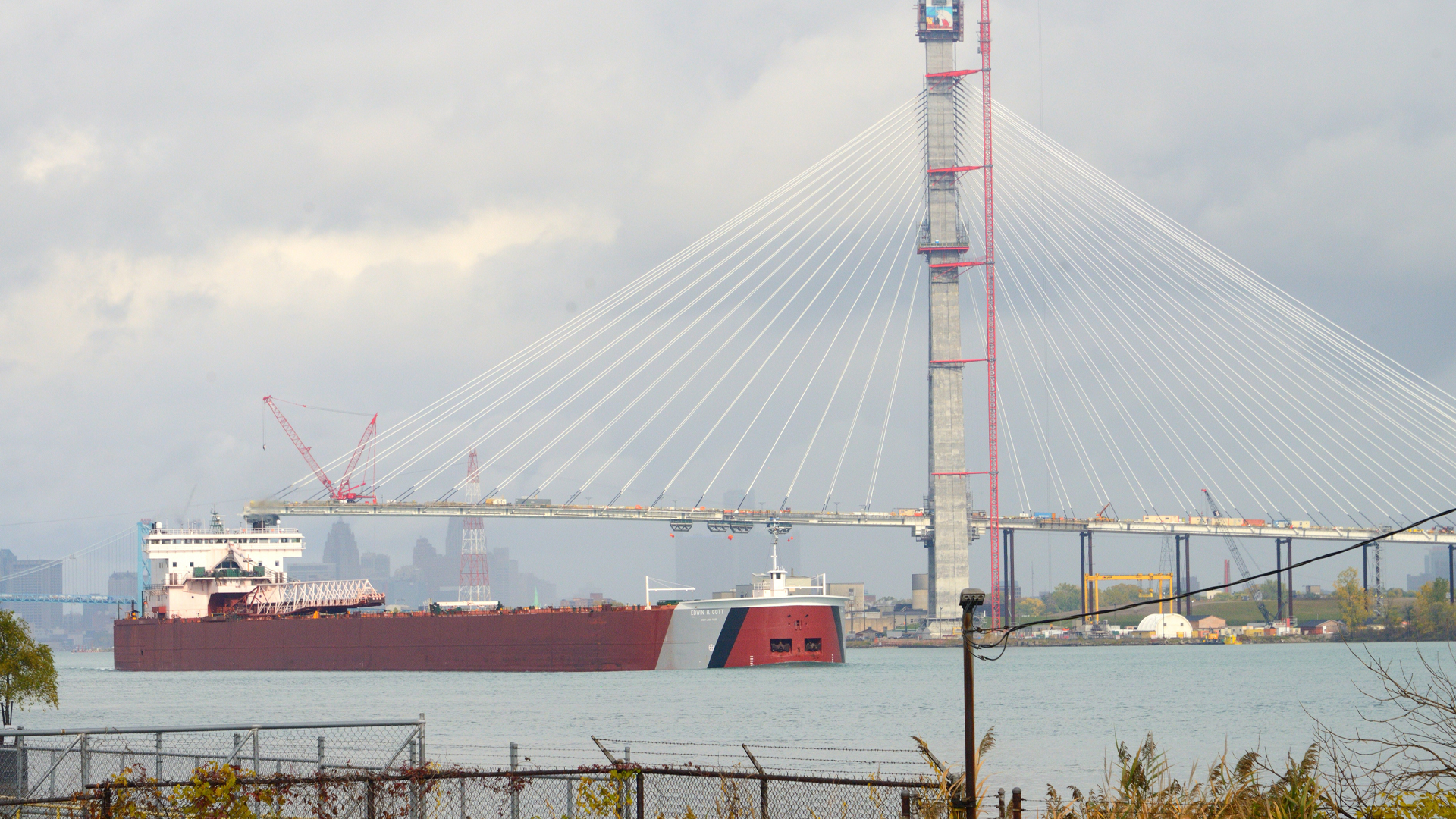
Canadians remain starkly divided by the Trudeau government’s use of the Emergencies Act to end the trucker convoy protests. According to a recent poll conducted by the Angus Reid Institute, Liberal voters overwhelmingly supported the use of the act (79 per cent) while a majority of Conservative voters were against it (51 per cent, with only 20 per cent in favour).
Regionally, those polled from Ontario, B.C., and the Atlantic provinces were more likely to support the invocation, while those living in Saskatchewan (43 per cent) and Alberta (38 per cent) believed the use of the Emergencies Act was unnecessary.
These divided views add weight to the importance of the judicial inquiry that has followed. The necessity of an inquiry was a piece of brilliant foresight built into the act when it was passed in 1988. One of its architects, then-defence minister Perrin Beatty, remarked that the importance of transparency was on the minds of the drafters of the legislation. This was seen as an important part of the checks and balances, designed to reform the older and controversial War Measures Act.
In fact, two distinct transparency measures were incorporated into the 1988 legislation. In addition to a post-mortem inquiry, a special committee of Parliament was meant to monitor the uses of the act during the period of time it was in use.
Given the very brief life span of the invocation of the Emergencies Act (just nine days – from February 14 to February 23, 2022), the parliamentary review committee has instead become a second track of post-mortem analysis. It has operated from the outset in an atmosphere of deep political partisanship, with Conservative and Bloc members decrying the use of the act and calling into question the testimony of officials and ministers.
Three deep-seated drivers of the convoy
So-called “Freedom Convoy” is a symptom of a deeply unequal society
Convoys and protests: Anti-lockdown mobilization grows in Canada
The inquiry is where we must look for more objective answers about the rationale for using the act, and its impact in ending the convoy protests. Judicial inquiries can grind slowly. The commission of inquiry that examined the Maher Arar affair lasted two years. The Air India commission took four years to report. The commission examining the Emergencies Act is on a shorter leash. It must table its report in Parliament no later than February 20, 2023.
There are three challenges ahead for the inquiry, which is headed by Justice Paul Rouleau, who has served on the Ontario Superior Court and the Ontario Court of Appeal. The first is determining the scope of the inquiry. The second is gaining access to the necessary records and testimony of officials at all three levels of government: municipal, provincial and federal. Finally, the third is making sense of it all. Each has its own set of problems.
The Emergencies Act itself is vague on the terms of reference of an inquiry, referring only to “the circumstances that led to the declaration being issued and the measures taken for dealing with the emergency.”
The vagueness of the wording was no doubt deliberate, designed to provide flexibility and leave plenty of scope to the commissioner. The government, in establishing the commission through an order-in-council (OIC) has suggested it focus on the objectives of the protest convoy and its blockades. The commission is also directed to examine the funding of the protest, the role played by disinformation and misinformation, the impact of the blockades and the efforts of police forces.
These are important questions. To read them as an attempt to steer the commission away from contentious issues regarding the necessity of invoking the Emergencies Act in the first place would be misplaced. The OIC specifically states that the commissioner is to: “set out findings and lessons learned, including on the use of the Emergencies Act and the appropriateness and effectiveness of the measures taken under the Emergency Measures Regulations and the Emergency Economic Measures Order.”
There is plenty of latitude in this wording for Rouleau to make findings on whether the act was invoked properly and meets the legal thresholds regarding a public order emergency set out in the act.
The second, potentially steeper, challenge facing the Inquiry involves its access to records and witnesses. Both the legislation and the OIC are silent on the issue of access to records. The OIC implies access but surrounds it with a standard caution about protecting information that might be injurious to international relations, national defence or national security from public disclosure.
“Injurious” is not qualified in scale. Similar statements are embedded in Canadian law, including in the Canada Evidence Act, the Security of Information Act and the Access to Information Act. The key distinction is between access to sensitive information and public disclosure, which is something the commission will have to navigate successfully.
Doubts have already been raised, including those registered by Globe and Mail columnist Robyn Urback who wrote: “There is reason to be incredulous that any information of substance will be revealed over the course of the public inquiry.”
A more serious question might be restrictions on access to sensitive information. There are two categories in play here: intelligence reporting on the threat posed by the protest and cabinet deliberations behind the scenes.
Minister of Public Safety Marco Mendicino has limited himself to saying that Rouleau will have access to classified information that “could” include cabinet confidences.
This lack of clarity may not be sustainable, and the commission will need to establish more formal terms of reference with the Privacy Council Office. This should include access to advice to cabinet from officials and the outcome of cabinet deliberations, especially those that emerged from the ad hoc incident response group of cabinet. It need not include the blow-by-blow of internal cabinet ministerial discussions, which deserve protection.
The final challenge, making sense of it all, should not be underestimated. In addition to understanding what was going on various levels of government, there is the critical issue of early warning.
The judicial inquiry is the best chance for answers about the Emergencies Act
Governments at all levels had time to develop a picture of the degree of threat posed the protest. Whether they were able to use that time well to develop a coherent and nuanced picture as the protest continued and share it with others will be important.
Some commentators are already willing to pass judgment on the handling of the protest. As Dominque Clement has opined, future historians will be as contemptuous of the 2022 use of the Emergencies Act as they were of similar over-reaches of government power in the case of the Gouzenko spy affair in 1945 and the War Measures Act in 1970.
But the inquiry needs to be allowed to do its work and issue its report before we rush to judgment prematurely.
Trust in government and the effectiveness of our federal system to deal with emergencies have been sorely tested by the COVID-19 pandemic and the trucker protest. The inquiry’s findings will be an important contribution to a broader discussion on the role of government in responding to national security threats. Without public trust, which must be constantly earned, our national security foundations rest on sand.









